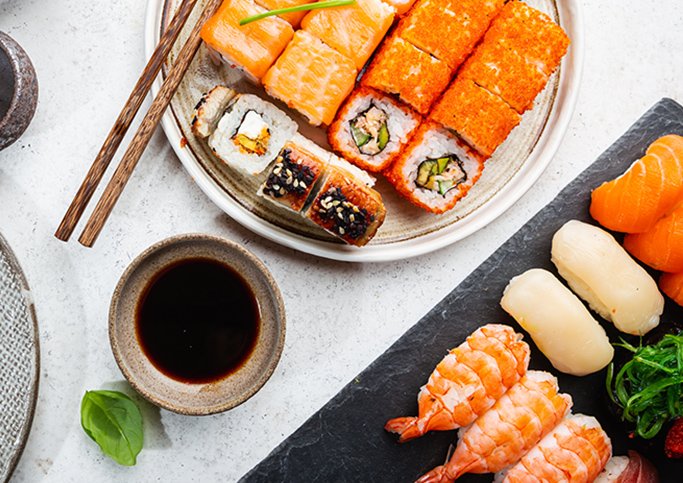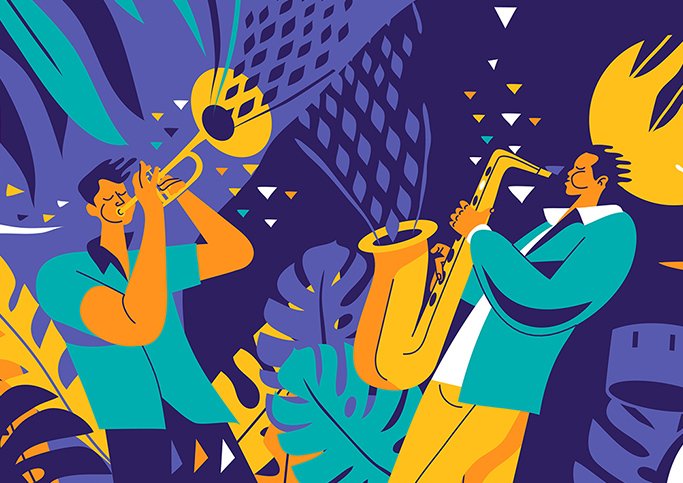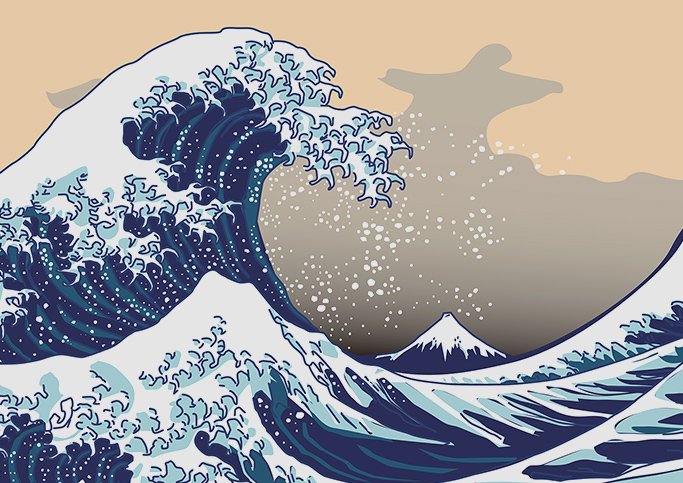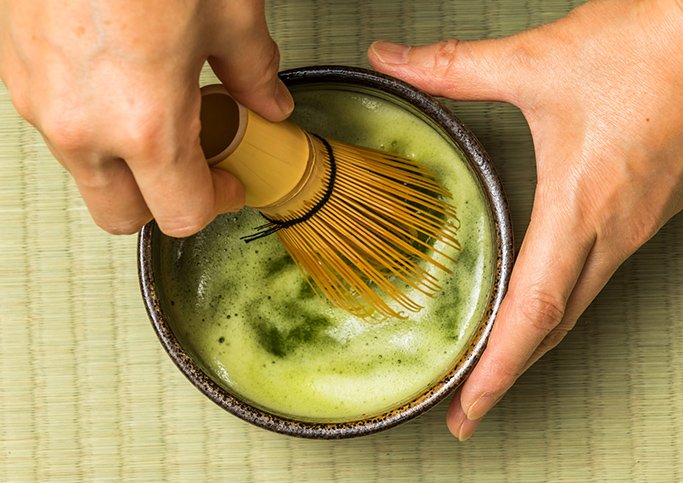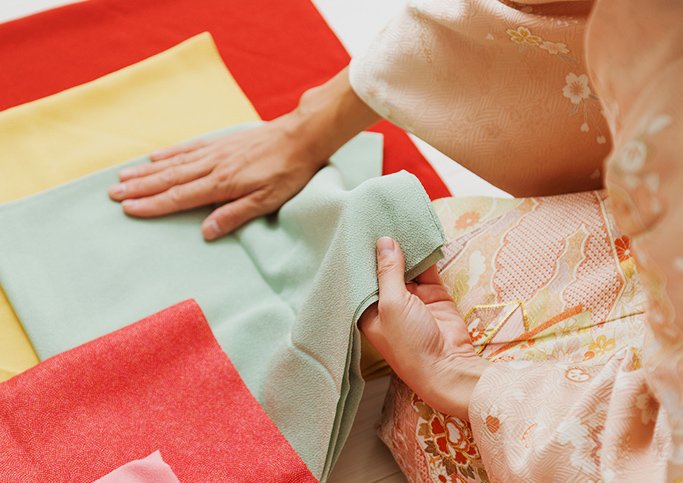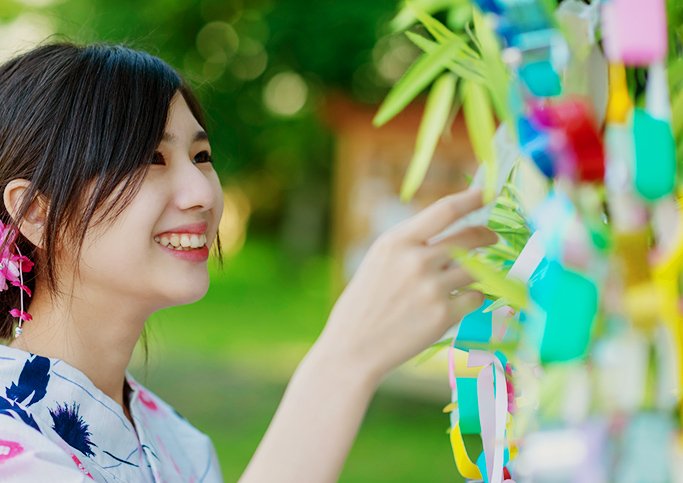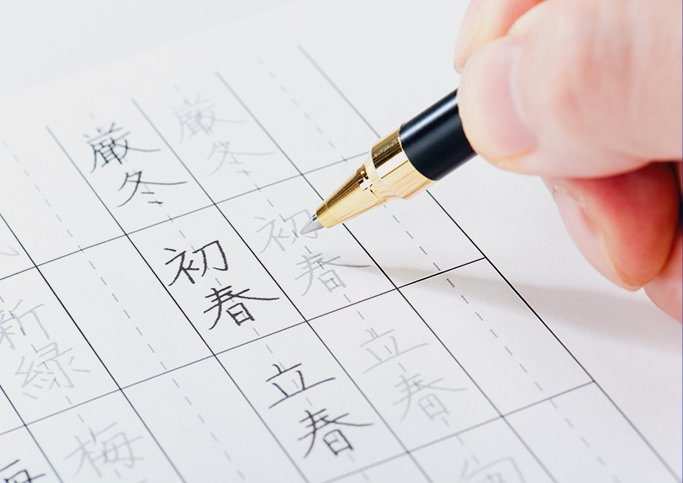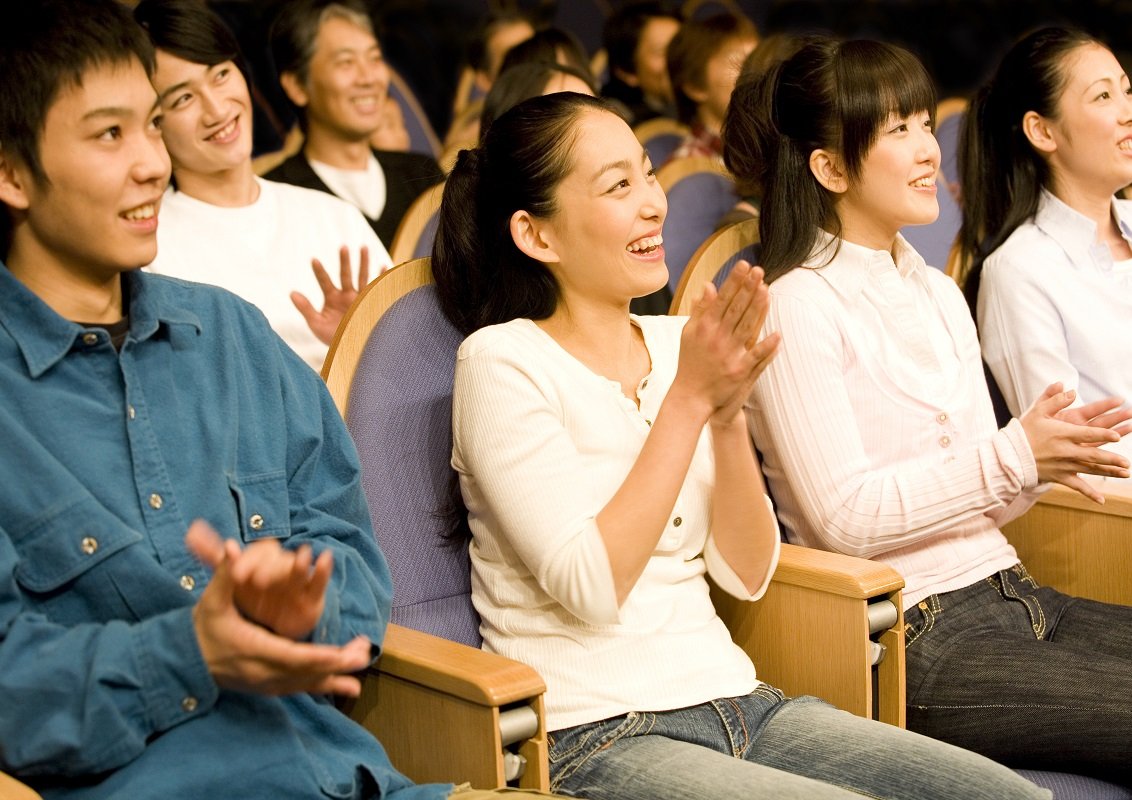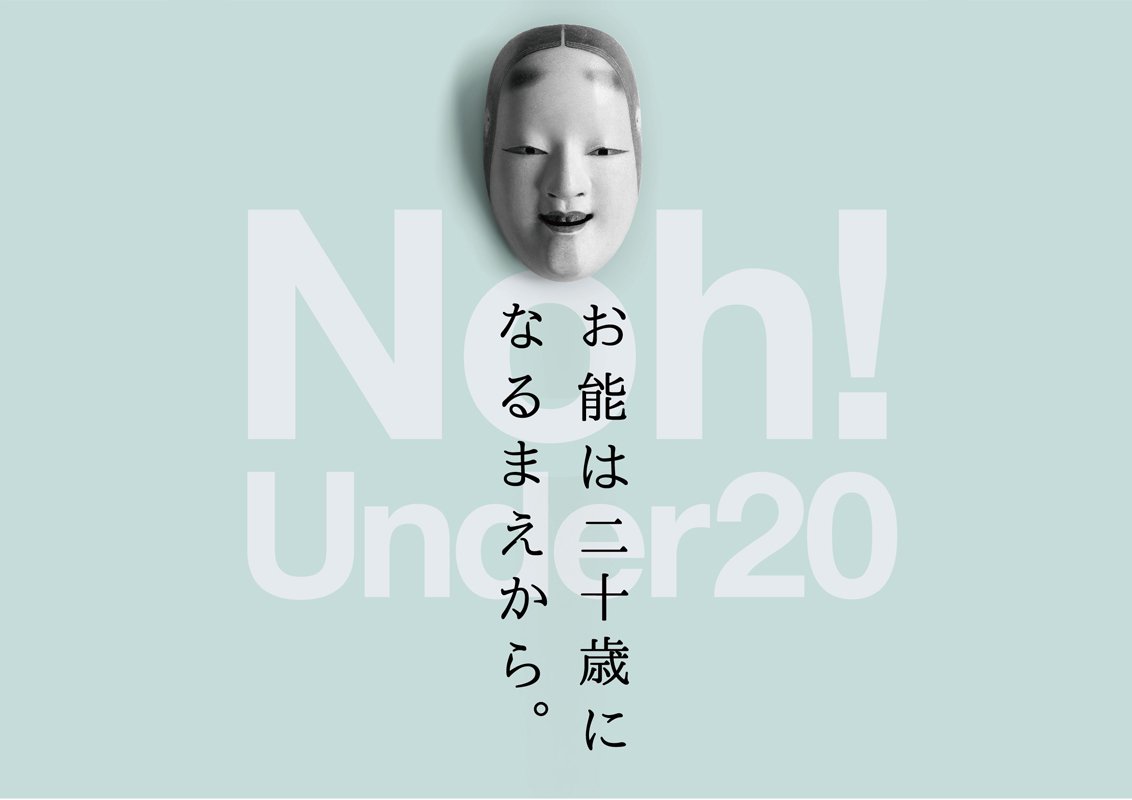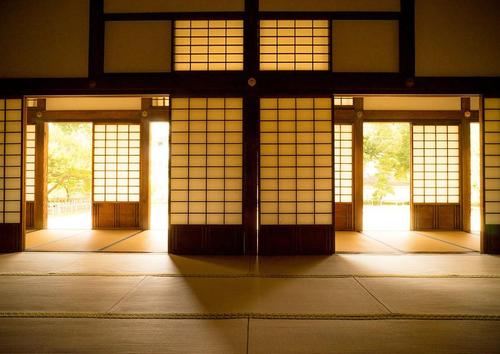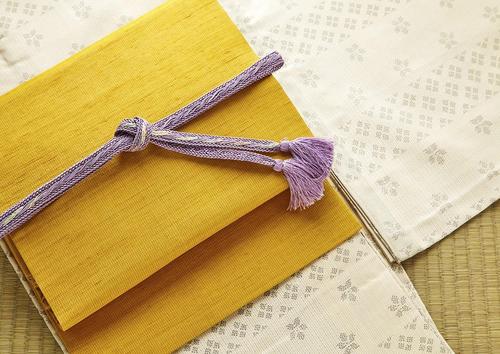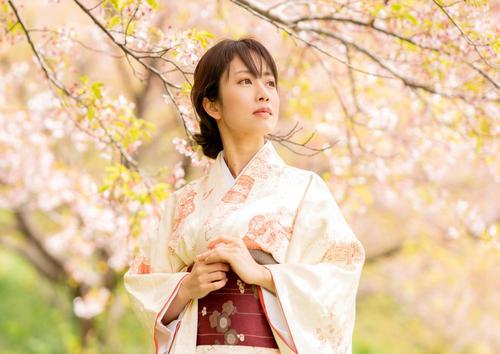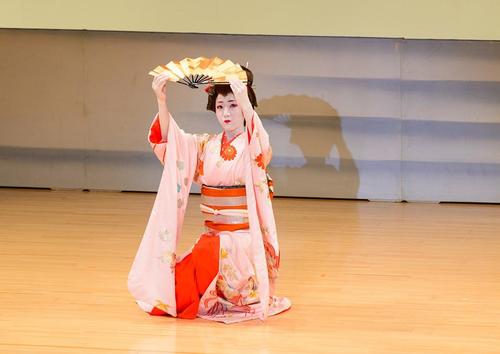
wear
"Kimono" is one of the cultures that Japan is proud of overseas. Although I don't wear it on a daily basis, I have the opportunity to wear it at milestones such as coming-of-age ceremonies and weddings, and it is still a tradition loved by Japanese people.
However, few people know the history of how kimono was made.
Here, we will explain the origin and history of kimono and the knowledge of kimono that you should know.
About the origin and history of kimono
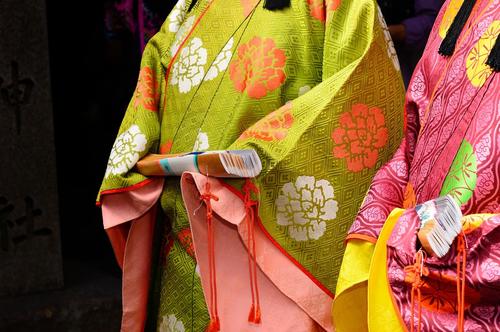
How was a kimono made in the first place? Here, we will introduce the origin of kimono and the transition that it has followed.
Is the origin of kimono from the Yayoi period?
The origin of kimono is said to be "kosode". Kosode is a kimono with small cuffs, which was developed mainly by the common people. It is said that the origin of this kosode can be traced back to the Yayoi period.
During the Yayoi period, men wore skirts with a piece of cloth wrapped around their bodies, women wore skirts with their heads through holes, and then men wore trousers. After the Kofun period, when women began to wear skirts and two-piece clothes, it continues to the Asuka and Nara periods.
In the Asuka / Nara period, a clear identification system was established, and small sleeves were used by the common people of the working class for the ruling class, who had hidden limbs and were dressed to be difficult to move. At this time, the "front right collar" was stipulated by law, and the culture is still being inherited today.
Kimono culture that made great progress during the Heian period
The Heian period was a major change in the history of kimono. Kosode, which until then was only used as underwear in the ruling class, begins to be used as underwear.
The common people use small sleeves that are easy to move, just by attaching sleeves to the headgear, while the kimono worn by the ruling class is said to be "large sleeves" and has evolved into a shape with no cuffs sewn. Junihitoe, which is layered with many large sleeves, can be said to symbolize the ruling class of the Heian period.
After that, the word "kimono" was coined for the first time in the Kamakura and Muromachi periods. This is because small sleeves with skirts have come to be used, and in order to distinguish them from small sleeves with tubular sleeves, the small sleeves with skirts are called "kimono". In this era, most people other than public houses used kosode with a skirt, so the recognition that "kosode = kimono" became common and will continue to posterity.
In the Edo period, there were restrictions on kimono depending on status.
In the Edo period, restrictions were placed on the material and color of kimono depending on the status, and the difference in kimono depending on the status became noticeable. For example, wealthy merchants wore gorgeous embroidered kimonos, while ordinary people were only allowed to wear kimonos in a shade called "Shijuhachahyaku Nezumi."
Therefore, it is said that ordinary people have come to enjoy fashion by using the pattern of kimono and how to tie an obi.
Knowledge of kimono with meaningful patterns
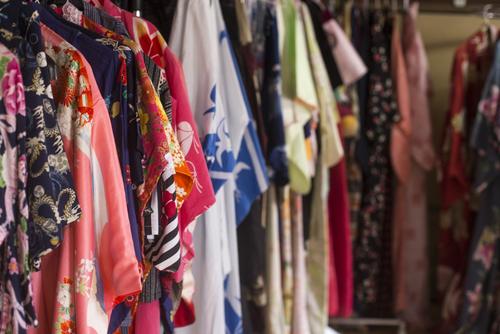
There are various patterns of kimono, but did you know that they are meaningful?
Here are some typical ones.
What is the pattern of a kimono that is said to be auspicious?
The following four are typical kimono patterns that are said to be auspicious.
It also describes what kind of place it is often used in, so it is a good idea to check the meaning of each and choose the pattern that is perfect for the place you wear.
·crane
The crane, which has the image of longevity as it is said to be "a thousand years," is a pattern that symbolizes longevity and a happy couple.
It is often used for wedding uchikake.
·Phoenix
A legendary Chinese creature, the phoenix is a pattern that symbolizes peace and harmonious marriage.
Often used for wedding kimonos, it's perfect for congratulations.
・ Shochikuume
Shochikuume is a combination of "pine" that keeps green leaves even in winter, "bamboo" that grows straight, and "ume" that blooms early at the end of winter. It is a pattern that symbolizes patience and the birth of life. ..
It is often used for weddings, but it is recommended to wear it for baby gifts and children's events.
・ Kanzemizu
Kanzemizu, which represents the flow of water, is a pattern that symbolizes the future. It shows that the future is constantly changing so that water does not stay in place.
It's a good idea to wear future events such as entrance and graduation ceremonies.
[If you read the article, may you know the meaning of this KARUTA? ]
What does the kimono pattern with flowers mean?
Of course, the pattern of kimono using flowers, which is popular with women, is also meaningful.
Here, we will explain three typical flowers.
·Cherry Blossoms
Sakura, which is also the national flower of Japan, is a pattern that symbolizes affluence and the beginning of things. It is also a flower reminiscent of spring when many plants sprout, so it marks the beginning of auspicious things. There is an image of wearing it in spring, but it can be said that it is a pattern that can be worn regardless of the season.
·peony
The gorgeous peony with large petals is a pattern that symbolizes nobility, wealth and beauty due to its luster.
Since it is often a large pattern, it is a good idea to choose a peony pattern when you place importance on gorgeousness.
·camellia
Camellia, which has been used as cosmetics since the Heian period, is a pattern that symbolizes nobility and sacredness.
It was once used as a medicine for immortality and longevity, so it seems to have been popular among aristocrats in the past.
What is the meaning of the kimono pattern using animals and insects?
The meaning of the pattern of the kimono that uses animals and insects is as follows.
I will introduce the meanings of two typical patterns.
·butterfly
The butterfly has become a pattern that symbolizes the healthy growth of women, as it grows in the order of "hornworm-> pupa-> butterfly". In addition, it is also known as a pattern that symbolizes the harmoniousness of a married couple, as it seems to be in a relationship with each other.
·Rabbits
Rabbits have been called a lucky charm because they have a rabbit pattern on the moon.
Due to its high fertility, it is also a pattern that symbolizes the prosperity of offspring.
What is the difference between kimono, Japanese clothes, and kimono?
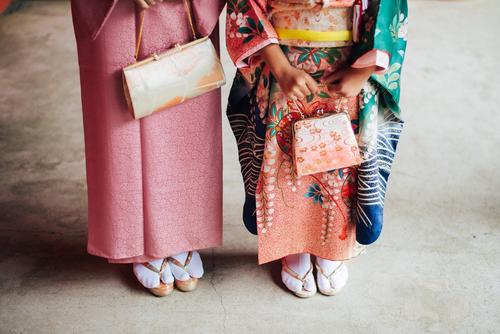
So far, I have explained various things about kimono, but you may be interested in the difference between kimono and kimono. In fact, in modern times, they all mean the same clothes, but they have different etymologies.
Here, I will briefly explain the differences between them.
What is a kimono?
Kimono is a general term for things that you wear as the name implies. Before the introduction of Western clothing in the Meiji era, all clothing was called "kimono."Therefore, clothes other than clothes have come to be called kimono.
What is Kimono?
Kimono is a word that was born as an antonym of clothes. In order to distinguish it from the clothes that came into the Meiji era, the kimonos that have been used so far have come to be called Japanese clothes.
What is kimono?
In the first place, kimono is clothes made of woven fabrics woven by the method introduced from ancient Chinese Kure. In the Edo period, kimono made of silk was called kimono, and there was a clear difference from ordinary kimono. However, the boundary has gradually become ambiguous, and in modern times it is used in the same meaning as kimono.
[Do you care about Japan? Would you like to learn Japanese together? ]
Summary
Kimono is familiar to Japanese people, but I think they had a lot of knowledge that they didn't know. The meaning of the kimono pattern introduced this time may be useful when you are going to wear a kimono or explain the kimono.
Kimono, which originally dates back to the Yayoi period, is now known overseas as "kimono". It may be our mission today to correctly know and convey the traditional Japanese culture "kimono" that we should be proud of overseas.
This article is a partial re-edit of the article published in Nihongo Biyori by KARUTA.
Unauthorized reproduction or use of the contents, text, images, illustrations, etc. of this site is strictly prohibited.
CATEGORIES
FEATURED TAGS
RECOMMENDATION
-
 報BUSINESS TERMS
報BUSINESS TERMSWhat is ”Ho-Ren-So”, one of the basic manners when working in Japan?
10/30/2020
-
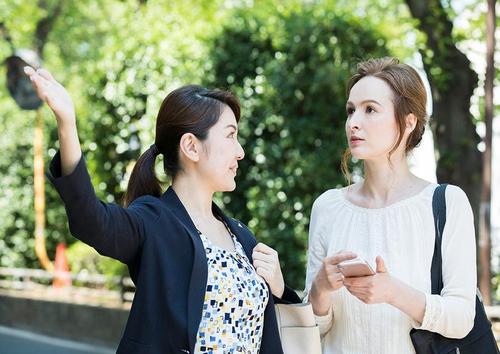 伝WORDS & GRAMMAR
伝WORDS & GRAMMARWhat is easy Japanese?
10/30/2020
-
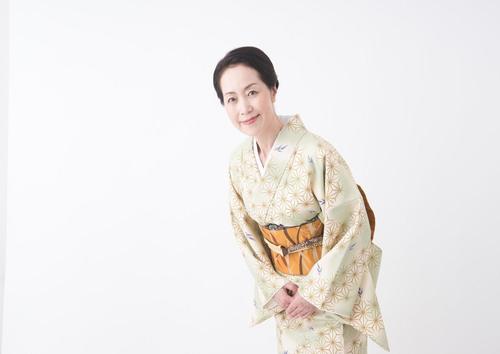 礼MANNERS
礼MANNERSJapanese greeting customs and origins. What are the greetings from other countries?
10/30/2020
-
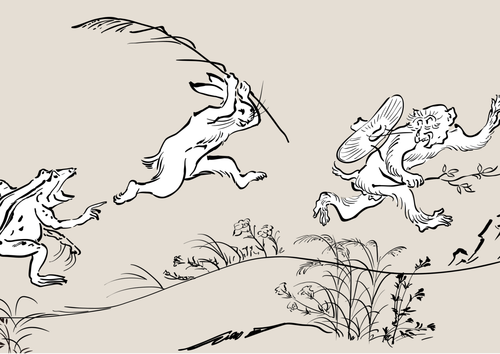 戯COMIC & GAME
戯COMIC & GAMEThe roots of animation and manga? Introducing bird and beast caricatures
10/30/2020
-
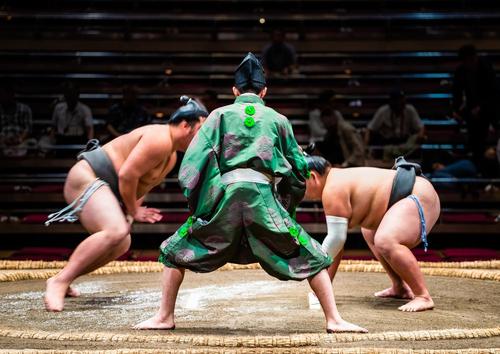 戦SPORTS
戦SPORTSThe history of sumo goes back to the mythical world! ?? Transition from myth to modern times
10/30/2020
LET’S PLAY
KARUTA!
Do you know the meaning of this...
NEXT...
FURTHER EXPLORATION
INTERESTED
IN JAPAN?
WHY DON’T YOU
LEARN JAPANESE WITH US?
START LEARNING
JAPANESE
WITH HUMAN ACADEMY!
ONE OF
THE MOST POPULAR
JAPANESE
LANGUAGE SCHOOLS
JAPANESE
LANGUAGE SCHOOL
OFFERING EXCELLENT
DETAILED LESSONS

ONLINE SCHOOL
- Learn with your classmates from all over the world
- Variety of Courses for All Needs
- FREE Trial Lesson available

TOKYO, OSAKA
- Offer the Best Curriculum for You
- Make New Japanese Learning Friends
- Many Opportunities to Practice Japanese
MAKE FURTHER
STEPS
WITH HUMAN ACADEMY!
ONE OF
THE MOST POPULAR
JAPANESE
LANGUAGE SCHOOLS
JAPANESE
LANGUAGE SCHOOL
PRODUCING MANY
JLPT N1 CERTIFIED
STUDENTS!

ONLINE SCHOOL
- Learn with your classmates from all over the world
- Variety of Courses for All Needs
- FREE Trial Lesson available

TOKYO, OSAKA
- Support Your Higher Goal of Japanese Learning
- Perfect Environment for Japanese Learners
- Learn with Your New Japanese Study Mates



